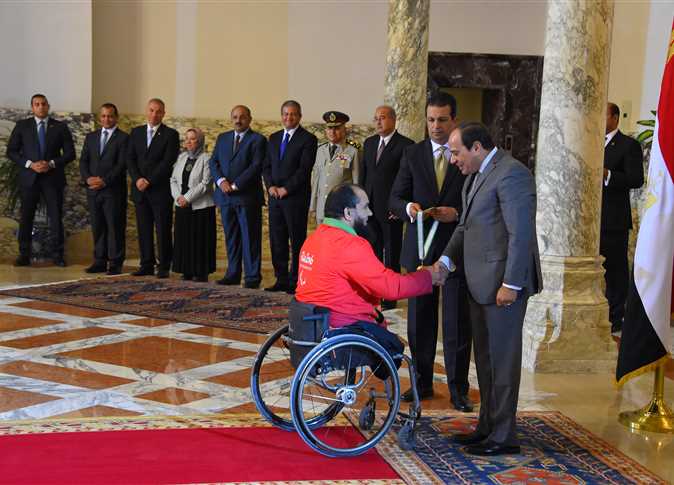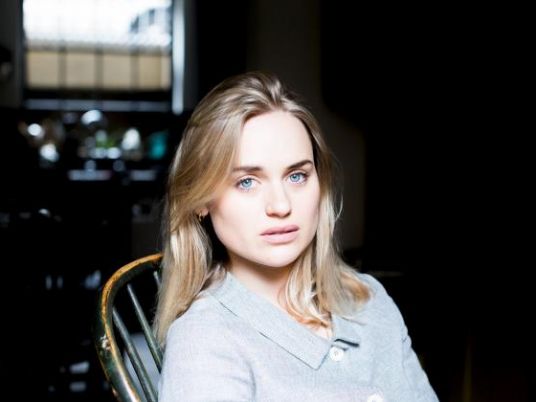
It’s been more than 10 years since British-born chocolatier Willie Harcourt-Cooze bought a cocoa farm in Venezuela with the hopes of making the world’s finest ‘bean-to bar’ chocolate.
He believes cacao beans – which once cleaned and roasted are known as cocoa beans – should be sourced directly from farmers and contain only natural ingredients; and it’s a philosophy which has seen his chocolates sell in more than 25 countries worldwide.
The 50-year-old spoke to Reuters about his recent collaboration with the high-end La Patisserie Des Reves and his desire to change the way people think about chocolate.
Q: You’ve contributed to a new range of white chocolate bars inspired by chocolatiers' childhoods. What was your childhood like?
A: When I grew up in southern Ireland, we were foragers. We foraged for mussels, we grew our own wheat and barley and oats. We made our own goat’s cheese and all those things that are very difficult to find. So the way I managed to do it with chocolate, I skipped all the middle men everywhere and I buy directly from the cacao farm, anywhere around the world and I source the ingredients. I wanted to make what I liked when I was a kid.
Q: What continues to be a misconception about chocolate?
A: There’s a lot of romance in chocolate – I think it’s not clear who’s really making it from the bean to the bar. That’s one thing. Most companies aren’t. There’s also the misconception that it’s bad for you. But chocolate saved me. Apart from all the healthy vitamins and things, it actually makes you feel good. I also think people just see chocolate as a sweet confectionery. I religiously have a hot chocolate in the morning made with water not milk. Milk neutralizes all of the anti-oxidants.
Q: How do chocolatiers get their ideas for creating unusual ingredient combinations?
A: It’s trial and error. But when it really comes to cooking, chocolate can go in almost anything. I melt it into a little water to make brown bread. It’s delicious. I put it in my rice. It’s a building block. On one side you can make the most amazing chocolate cakes, but on the other side you can use it as a savory ingredient.
Q: What tips would you have for people seeking out good chocolate?
A: First of all you need to know single origin doesn’t mean anything. It means it comes from one country. It could be any kind of bean. Venezuela, one of the mothers of all cacao beans around the world, has so many varieties so you’re looking for single estate, which means it comes from one single farm. Then I would look at what the other ingredients are. You’re looking for no artificial flavoring. Then if you want to go a little bit deeper, you may be looking at the origin of the bean. Madagascar is very well known for high quality beans, and fruity. Beans from Indonesia have a toffee flavor. Cuban beans taste like honey. Venezuela has got a wide variety from fruity to nutty to coffee to all sorts.
Q: What other plans do you have for championing ‘bean to bar’ chocolate in the future?
A: My dream is to build a working chocolate museum. I have amassed machines which are very difficult to come by now from all over Europe, all over the world. It would be the ultimate place where people can see real chocolate being made.
Classic Chocolate Mousse in Bitter Chocolate Case
This is one of my dinner-party favorites. The chocolate case adds flair and is surprisingly easy to do.
Serves 12
Ingredients:
550g Peruvian Chulucanas 70-percent dark chocolate, roughly chopped
6 eggs, separated
80g castor sugarom
450ml lightly whipped double cream
Equipment: 25 cm tart or shallow cake tin
Lightly oil the tart or cake tin, then take a piece of baking paper, at least 45 x 45cm, and press it into the tin so it sticks firmly to the base and sides and comes up a little above the rim of the tin.
The case:
Melt 250g of the chocolate in a heatproof bowl, set over a pan of gently simmering water, making sure the bottom of the bowl is not in contact with the water. Pour into the lined tin and spread evenly, with a flexible spatula, over the bottom and up the sides. Chill in the fridge.
The mousse:
Melt the remaining 300g of chocolate in a heat proof bowl, set over a pan of gently simmering water, making sure the bottom of the bowl is not in contact with the water. Whisk the egg whites with half the sugar until stiff.
In another bowl, whisk the egg yolks with the remaining sugar and stir into the melted chocolate. Fold in the lightly whipped cream, then fold in the egg whites.
Finishing it off:
Tip the mixture into the prepared chocolate case and place in the fridge to chill for at least 2 hours, preferably overnight. Carefully lift out of the tin and peel the baking paper off the sides. Use a fish slice or spatula to lift the baking paper on the base and place on a serving plate.
Keep chilled until ready to eat and serve with whipped cream or crème fraiche and maybe some fresh red berries.




